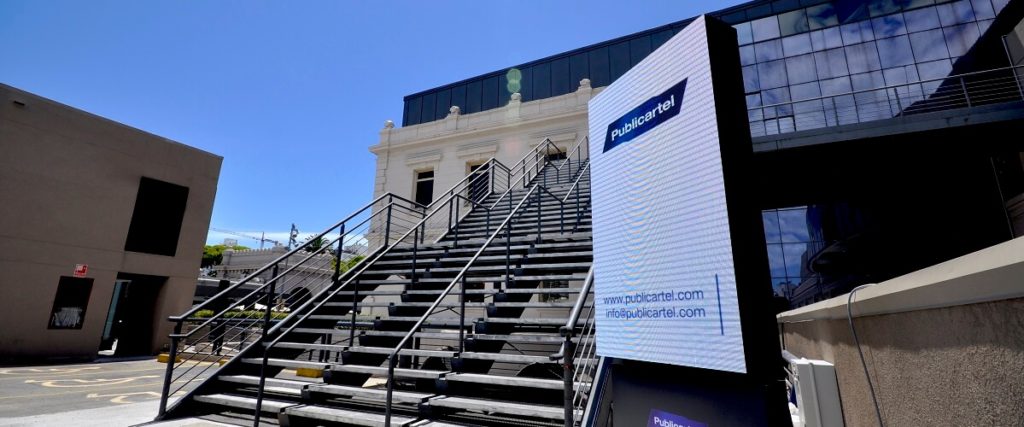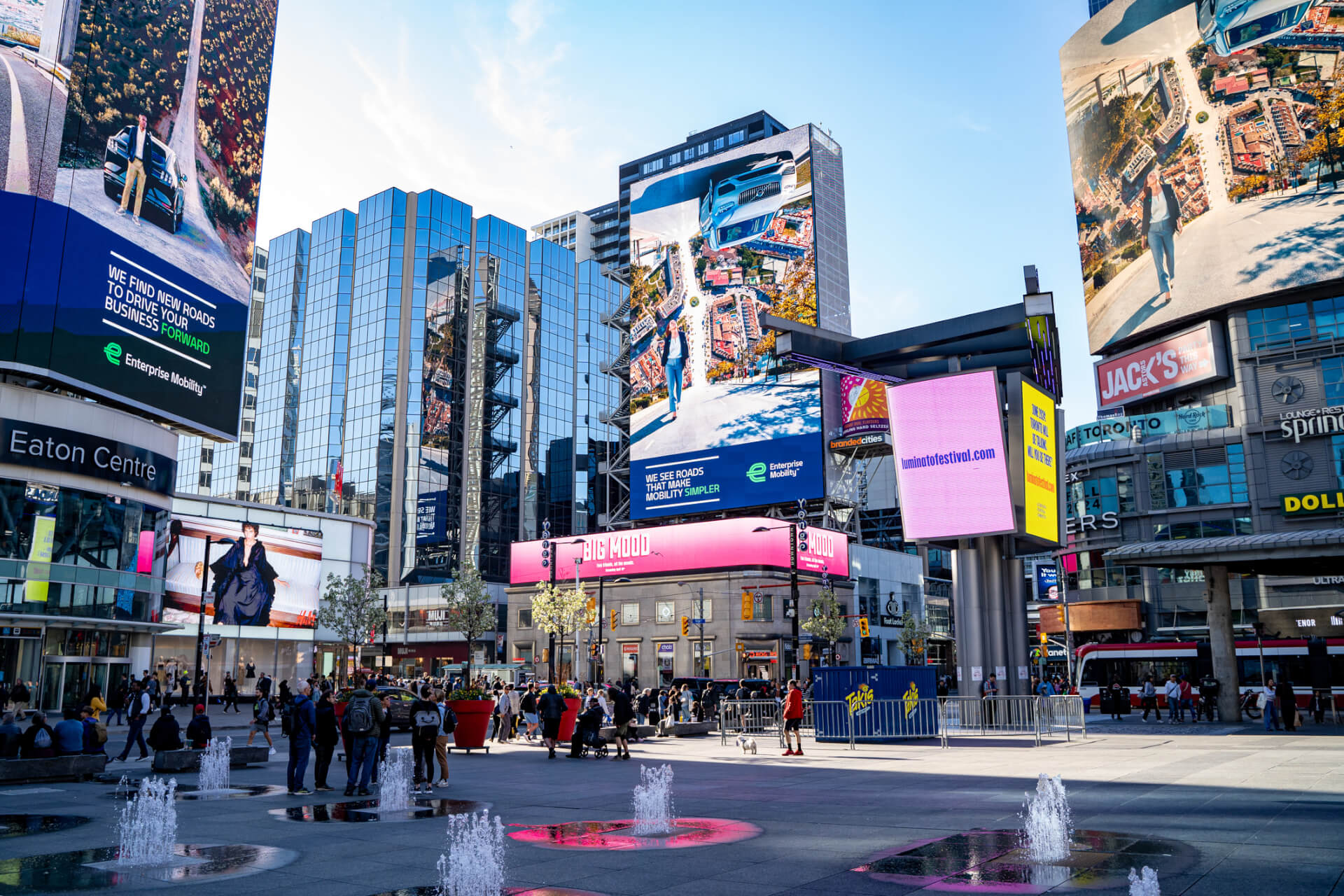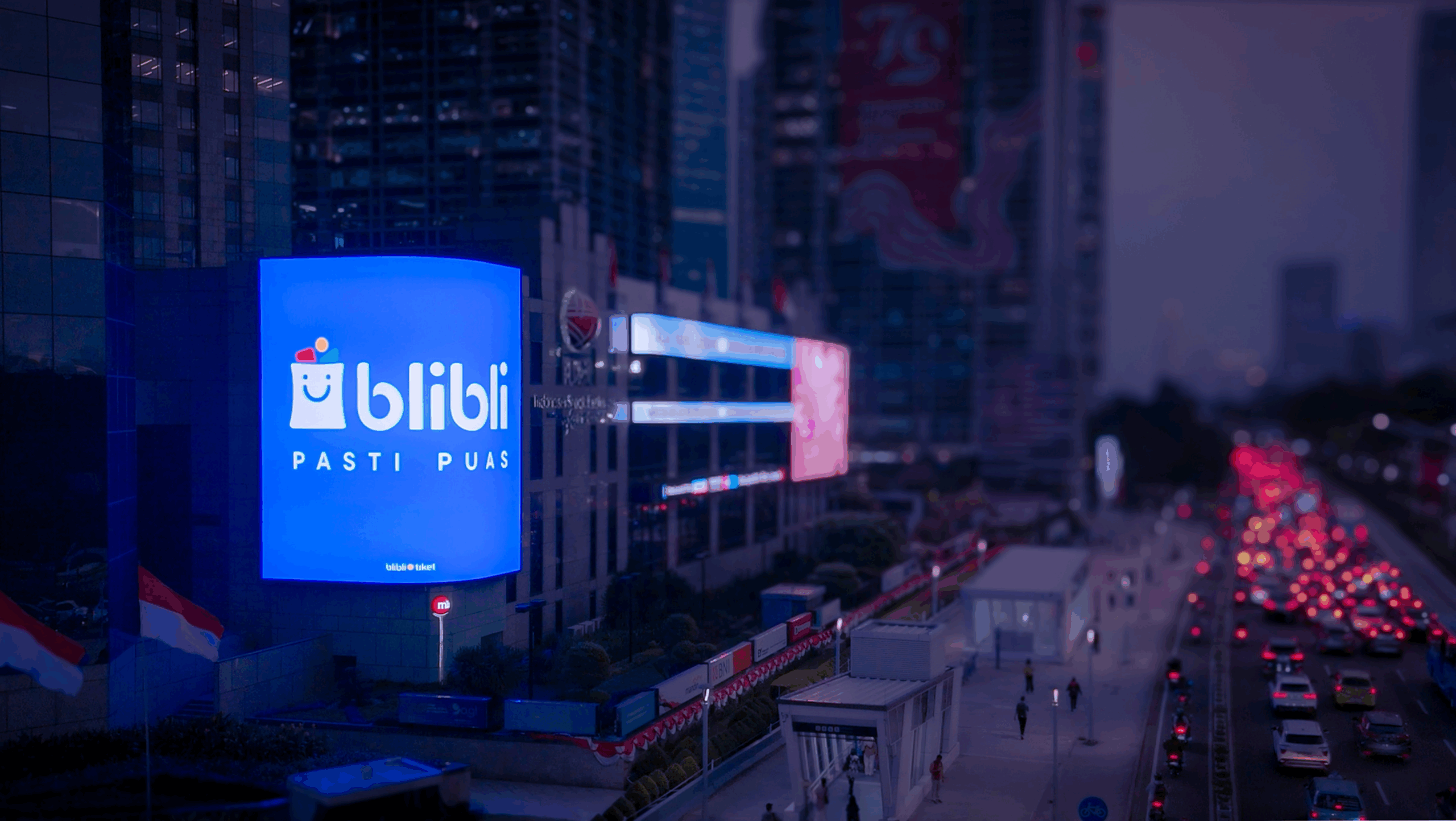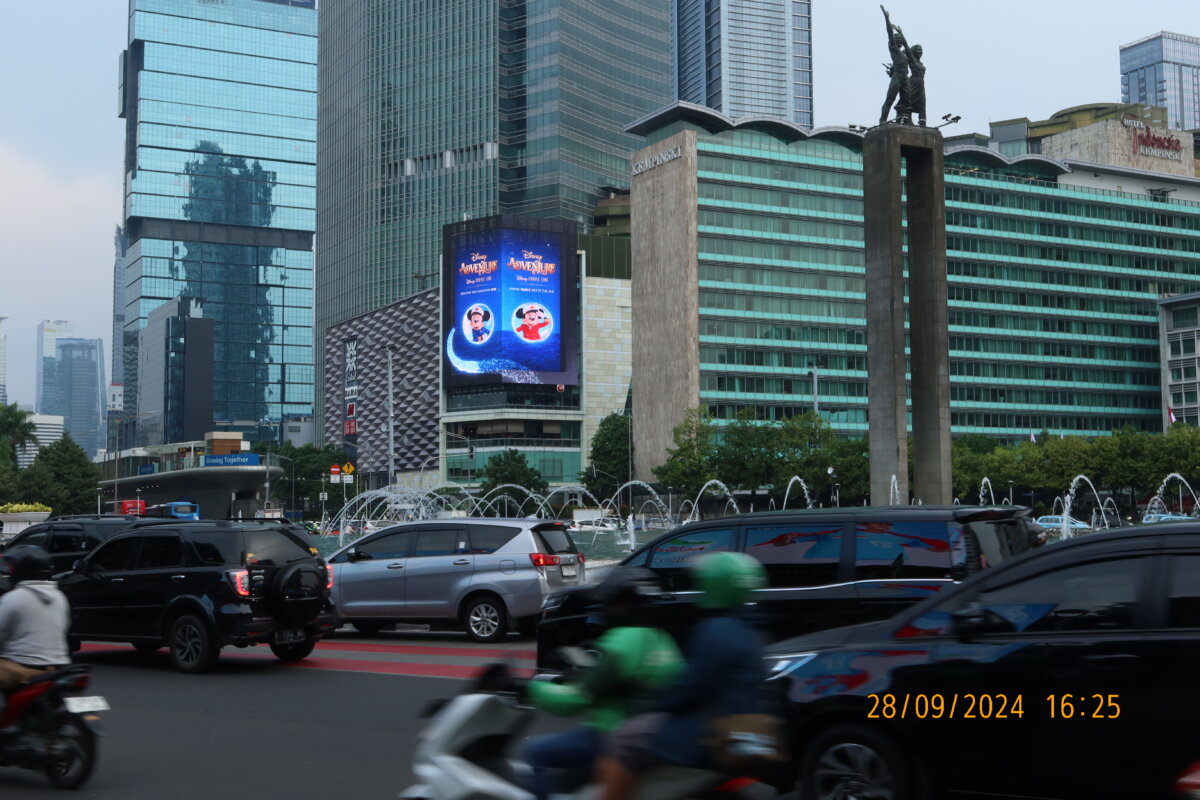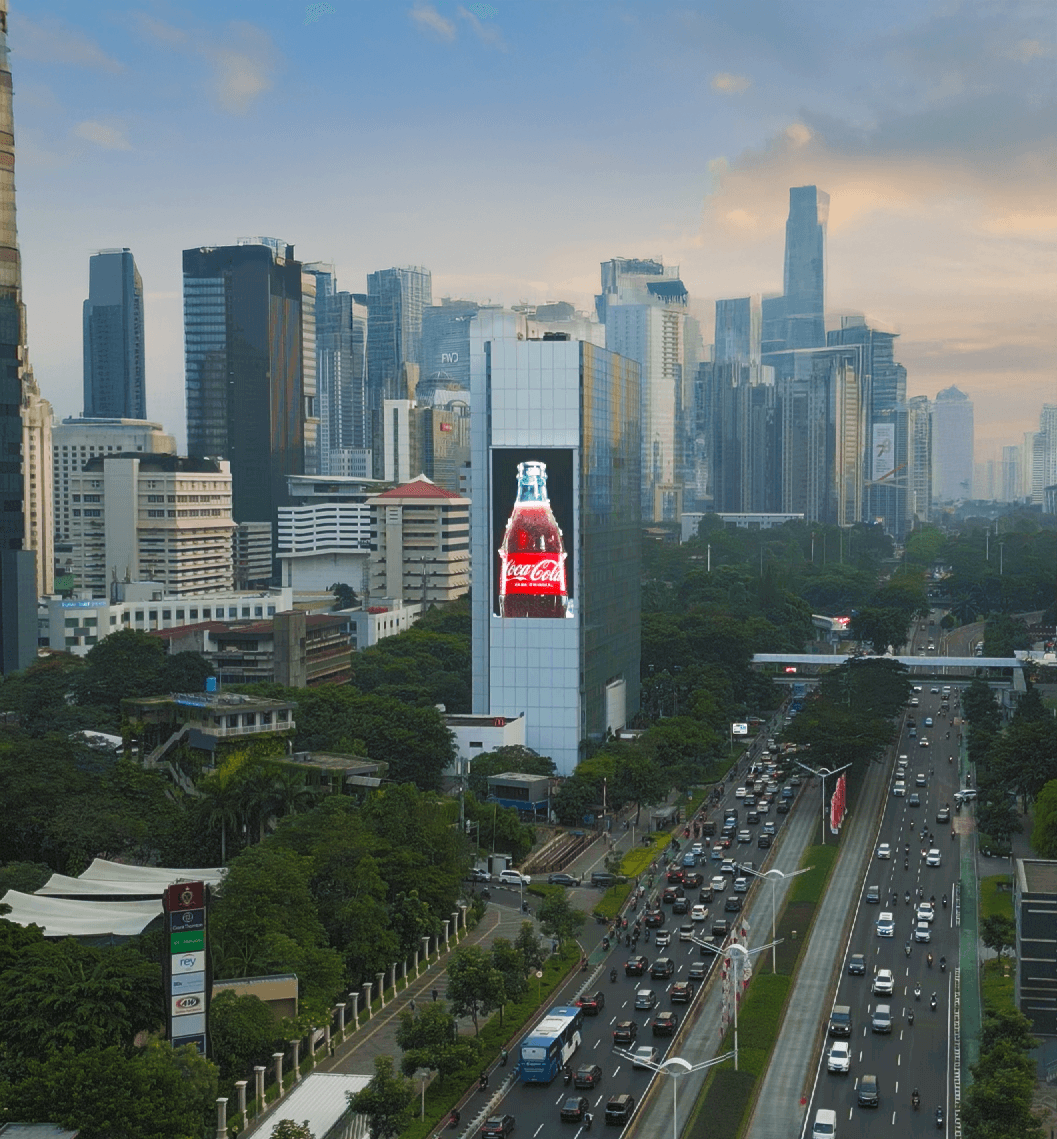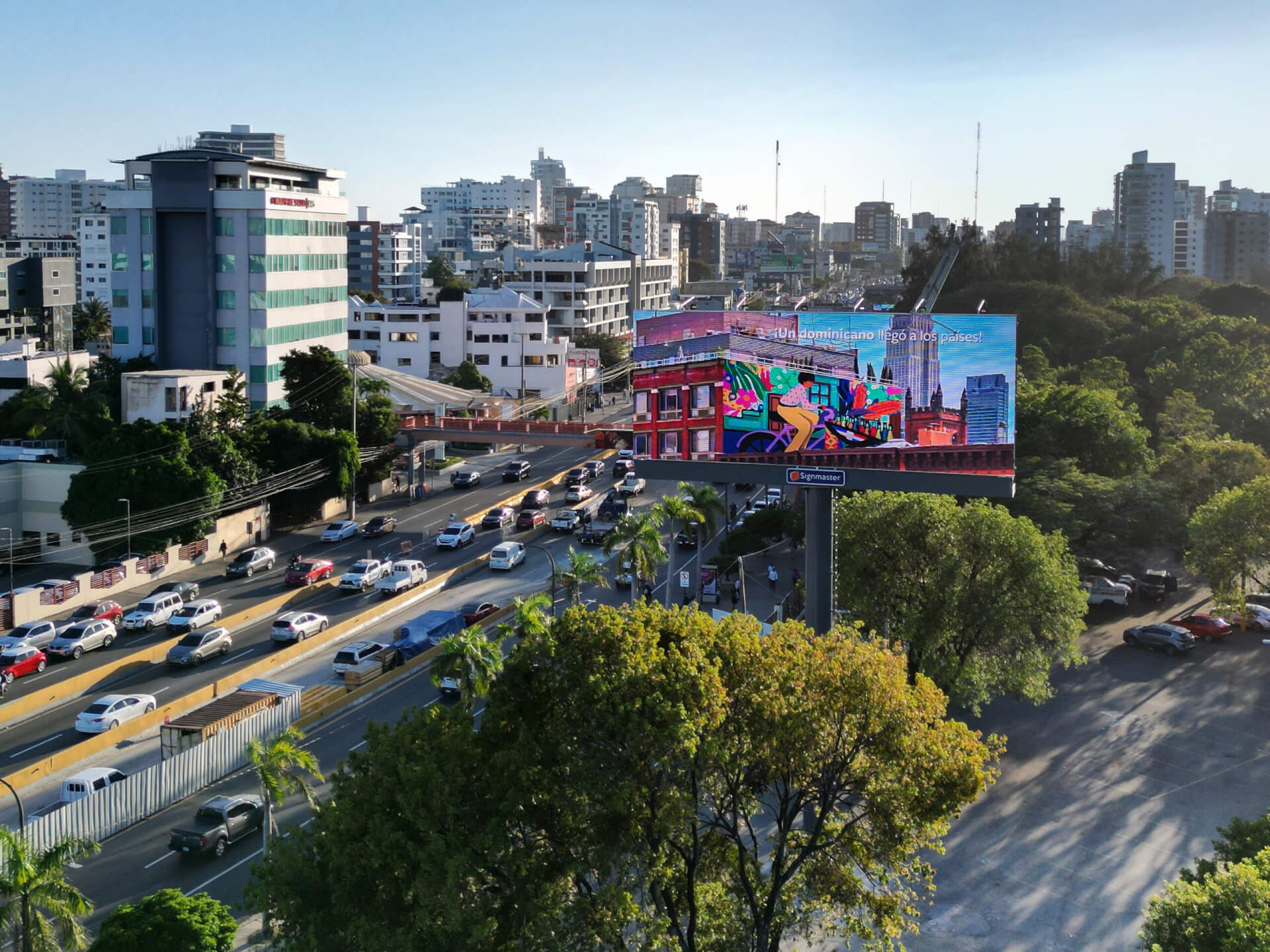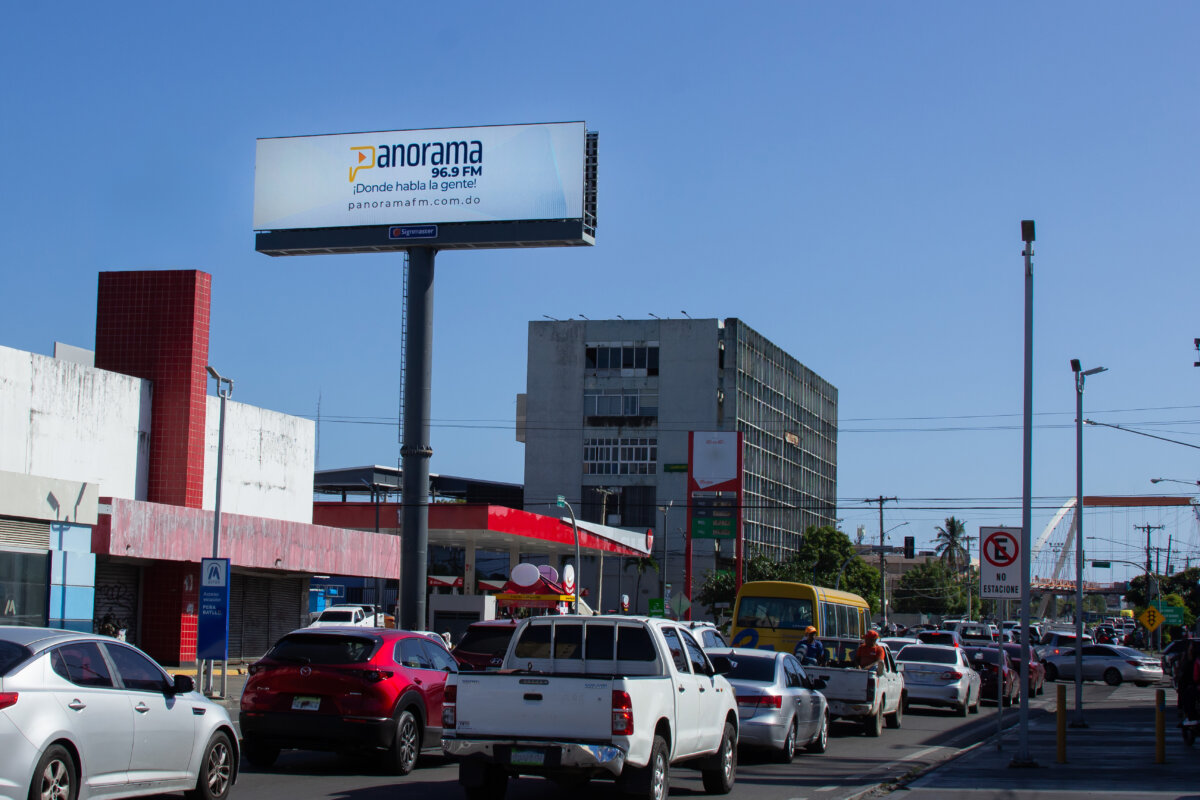| October 11, 2021
How Publicartel Blazes a Trail for Better OOH in Uruguay
The DOOH space is heating up all over the world, with established players and newcomers alike expanding their networks and introducing new technologies for bigger, better buys.
In Uruguay, nobody exemplifies these trends better than Publicartel. The country’s largest OOH player and its first to transact programmatically, it uses its diverse media portfolio to help buyers reach their intended audiences.
A series of firsts
Founded in 1967, Publicartel has succeeded over the decades not only in becoming the dominant OOH player, but in continually pushing the local industry to adapt to the latest possibilities and technologies.
In the late 2000s, the company became the first in Uruguay to add LED displays to its network, and more recently it has incorporated real-time audience measurement to make it easier for buyers to reach the people they want. With Publicartel now leading the way for the dawn of programmatic DOOH in Uruguay, it’s set to once again drive its business and the local industry into a new and exciting era.
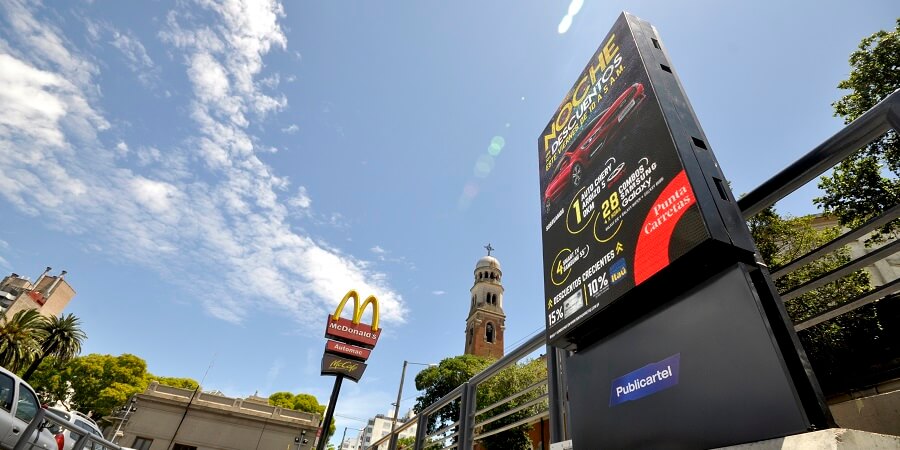
Some static, some digital, all premium
Publicartel’s footprint extends across Uruguay, with static and digital displays in at the side of major roads, on building murals, and at malls, including Punta Carretas shopping, one of the highest-profile malls in the city of Montevideo. It has also become a strategic partner of Antel, providing continuous support to the displays that company operates in Antel arena. This arena is used to host home games for Uruguay’s national basketball team, and was central to the country’s past bid to host the FIBA World Cup.
The company sees the diversity of its business as essential to meeting the needs of virtually any client, and continues to evaluate new opportunities for expansion based on the audience it expects to reach and on the needs and recommendations of its stakeholders.
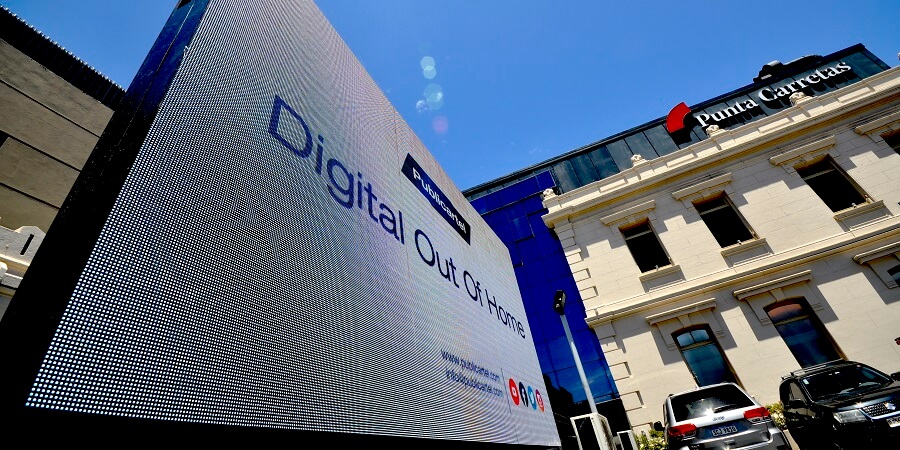
Technology for a more creative future
Publicartel sees DOOH as a great vehicle for creative messaging by advertisers, and has made it a priority to acquire technology that enables more complex and interesting work to be made and displayed.
Together with strategic partners, the company developed SmartSpots that can measure OOH and DOOH audiences both outdoors and in retail stores, as well as establish geofences for targeted content delivery. Looking ahead, it plans to use its stable base of OOH media revenue to continue to develop its digital inventory and capabilities over time, opening the door to more creative campaigns and new ways of delivering messages for the advertisers and charitable organizations it works with.
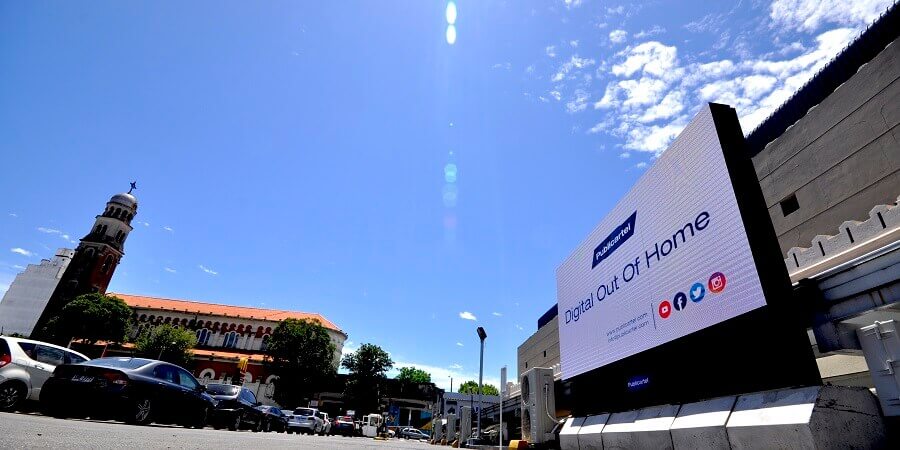
Publicartel and Broadsign
With a network that includes more than 500 static faces and 30 high-profile digital displays across Uruguay, Publicartel needs a streamlined workflow that allows it to automate much of the nitty-gritty and focus more on the big picture. To accomplish its goal, the company turned to Broadsign.
Thanks to the rules-based content management and delivery present in the Broadsign platform, Publicartel can work more efficiently to meet its obligations to advertisers. The ease of scaling within the Broadsign platform, meanwhile, will allow the company to continue growing quickly, while still retaining flexibility and agility in delivering on its commitments. Additionally, the unparalleled security of the platform helps ensure that Publicartel can operate its prominent screens with peace of mind.
Finally, it’s the open nature of the Broadsign platform that will help Publicartel continue to push the envelope and explore new technologies for DOOH. Whether its audience measurement, programmatic transactions, or some other technology that catches the company’s eye, Publicartel will be able to develop a business that matches its vision and ambition.
Do you want to see how the Broadsign platform can help fuel your OOH ambitions?
Request your free, personalized demo today!
